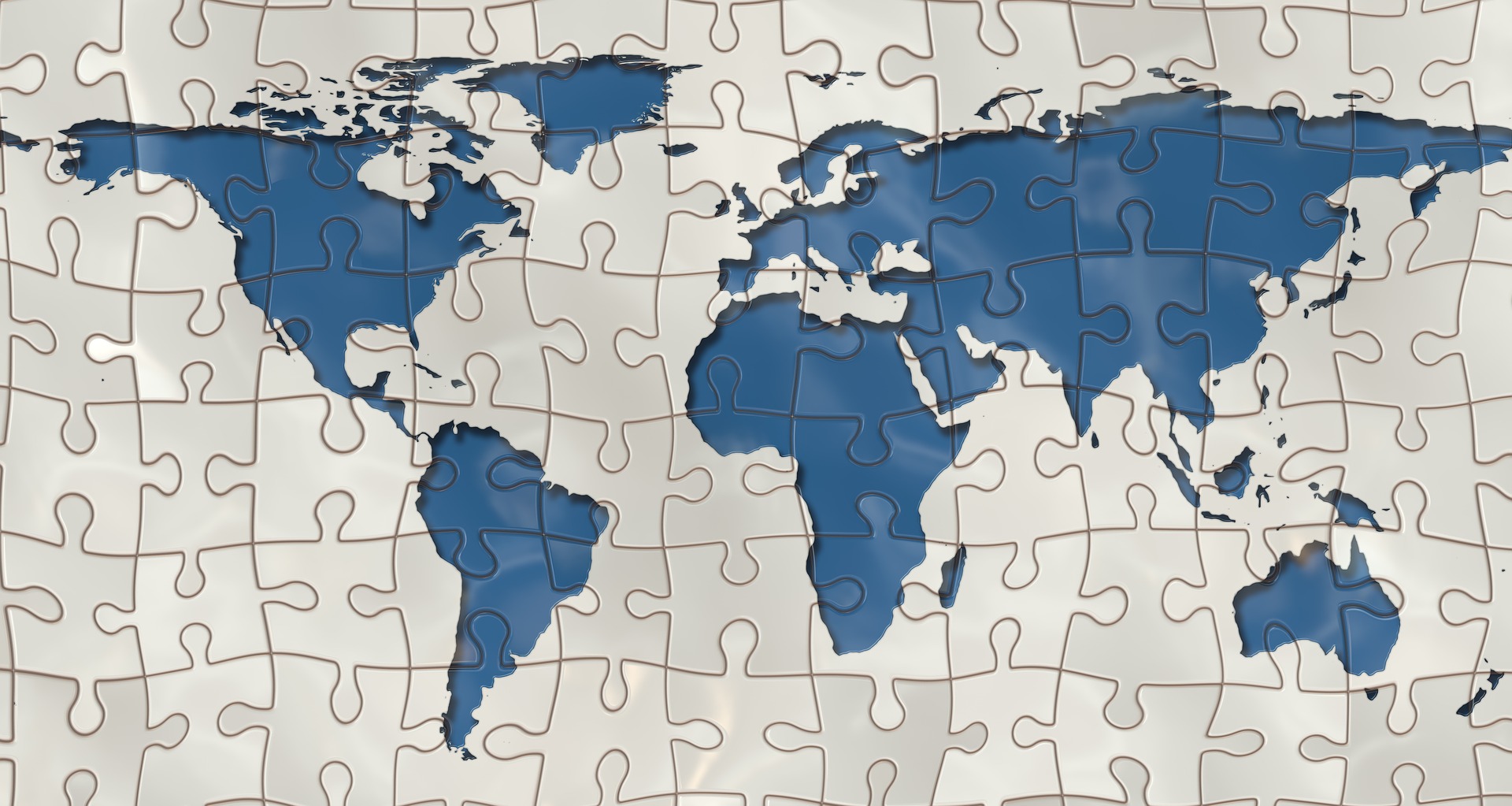As a young girl, I struggled with being brown in a white world. In the sea of white faces with white actresses, and singers, and models and politicians, it was hard to know where I fit in. I hated being the brown girl with the frizzy hair and way too big glasses. I remember the Halloweens I went dressed as white Barbie–the mask with the white face and blonde hair while my black ponytail stuck out the back and my two scrawny, dark arms stuck out the sides. They didn’t have a brown Barbie costume for people like me. Flesh-colored nylons and flesh-colored Band-Aids were not my flesh color. I remember coming back from a family vacation to India where we used coconut oil for everything, including taming my frizzy hair (yes, America, we were not the first ones to discover the many benefits of coconut oil) and a boy in my class announced to everyone that my hair stunk. I didn’t fully fit in with the Indian culture because I was born and raised here–fully American. But, I didn’t fit in here either where aspects of my culture were misrepresented (thank you Indiana Jones for the countless times I was asked if my family ate monkey brains and snakes) and where being white was equated with beauty and success. I remember wishing and praying for lighter skin. I even bought creams that promised to make my skin lighter.
And then I grew up. I got smarter, more confident, and realized this skin was staying with me. I watched as things changed around me. Flesh-colored Band-Aids started to evolve into more than one flesh color and Miss America could actually be a person who had Indian blood and dark skin, just like me.
So, I watched. I watched as social media took to hurling disgusting insults at her. People asked how a terrorist could win Miss America–because Americans don’t have brown skin. I watched because it felt like they were talking about me. With all the advances and strides I had thought we made, it was clear to see what so many still really thought about me and my brown skin.
And then last year happened. And with this past year came the very clear understanding that racism, sexism, and bigotry are as alive as ever and are doing quite well for themselves. I watched as Ku Klux Klan members paraded through the streets of Charlottesville. I heard about my Indian friend who was at a grocery store when a white man in reference to her said, ‘I hope no bombs go off in this aisle!’ My friend’s Hispanic niece had Kindergarten classmates telling her about this wall we were going to build and that she would have to go back to her country. I watched as black mothers spoke of the heartbreaking fears of raising black boys in our country. I watched as we banned refugees fleeing war and persecution from entering our country while doing virtually nothing about the lone wolf, white man who was already here.
I have watched. And I have ached for that little girl with the frizzy hair, big glasses, and dark skin. And I have ached for the 3 half Indian boys that I am trying to raise in this volatile climate. I have ached, as a Christian, to see what some Christians are willing to stand for and sit down for. I have struggled to explain to my atheist friends–this is not the Jesus I know and love. This does not represent what I believe. I have defended myself for being a Christian as we are often now perceived as hateful, ignorant, and intolerant. And yet, I have defended myself for being too liberal for some Christians.
So, here I am–32 years old. Asking myself the same question I have asked for the entirety of my life–where do I fit in? Where is my place in this polarizing world?
I’m realizing there isn’t just one place where I fully fit in. To fit in we have to be able to reach. I have to reach to my brown friends for empathy and understanding. To reach to my Christian friends for the same Hope I know. To reach for my Hispanic and Muslim friends who are kind, wonderful, intelligent people, but are also scared and hurt. To reach for my White friends who feel like they have been lumped in as people of privilege and feel villainized by the skin color they didn’t have a choice in choosing. To reach for my black friends who have been lumped in as people who are criminals and feel villainized by the skin color they didn’t have a choice in choosing. To reach for my “Me Too” friends who have been harassed, assaulted, objectified and say “me too,” too.
For most of us, if we stay in one spot to find where we fit in, we never will.
But, we also cannot squish ourselves into place. We can only fit when everyone moves around to make room. I think of the children’s game “Duck, Duck, Goose.” If a new player wants to join the circle, the other kids need to make the space for her to fit. It won’t work if the kids don’t move. The one trying to fit in will continue to remain outside the circle, an invaluable bystander with no contribution to offer to the game. We need to start finding the ones we have left out of the circle and acknowledge that they belong in the circle, too. And then we reach for them, scoot over and let them in. We let them in by giving them a voice, acknowledging their pain, championing their rights, and supporting and defending change on their behalf.
It’s the only way we’ll start to realize we are all necessary, we all hold value, and we all have a place.
When we choose to start making room,
more people will start to fit in.


